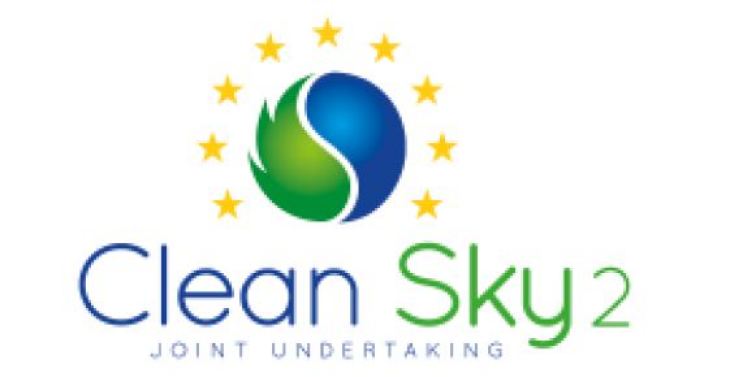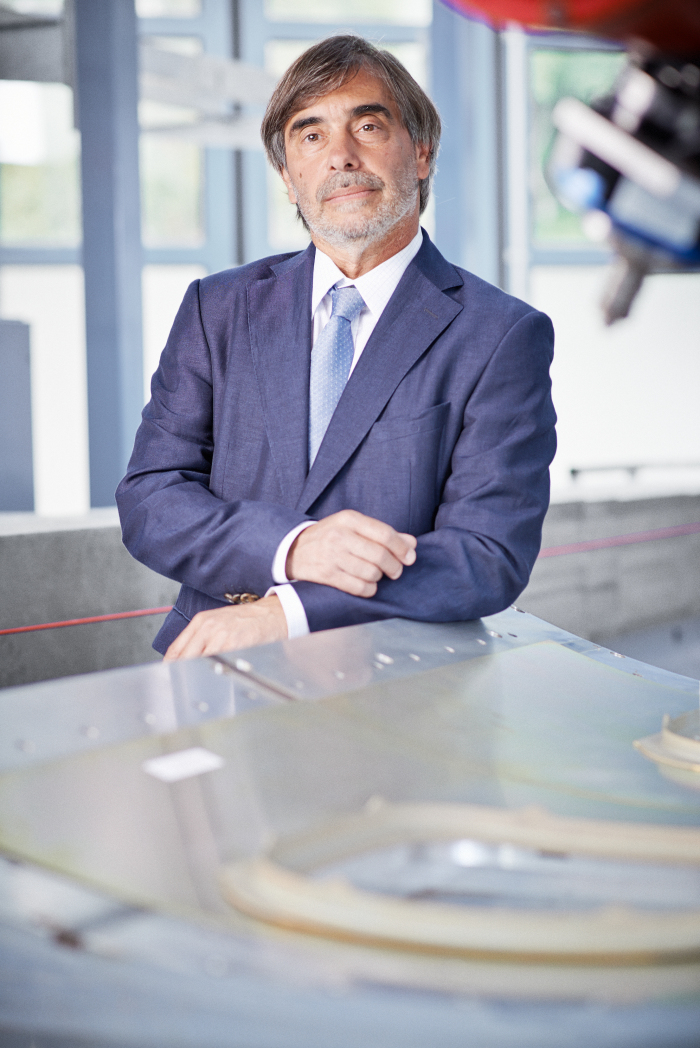Development and Application of Hybrid Joining in Lightweight Integral Aircraft Structures (DAHLIAS)
Automated welding processes to assemble aircraft structures using standard high strength non-weldable aluminium alloys could allow strengthening of the global leadership and competitiveness of the European aeronautics industry against low-cost highly manual manufacturing industries of emerging countries. In this project, such a joining technology – the refill friction stir spot welding process (RFSSW) – applied to standard high strength aluminium alloys, will be investigated to optimize the manufacturing of fairly complex aircraft structures such as fuselage sections. Friction-based processes could lead to benefits when compared to the traditional riveted structures. They produce welded joints without flaws or defects and superior metallurgical properties. Furthermore, the heat input and residual stress are comparatively low. The adoption of these welding processes provides weight and costs savings of about 15%. Moreover, assembly time and cost will also be reduced due to fewer assembly operations.
RFSSW is a solid state joining process developed and patented by Helmholtz-Zentrum Hereon, coordinator of the DAHLIAS-Project. Unlike other friction based spot welding processes, in RFSSW no keyhole is left after joining. The process avoids most limitations observed in established spot-like joining technologies applied to Al alloys and also allows for re-welding of defective welds in production (simply by repeating the welding operation) without any performance penalty. Mechanical fastening techniques, such as clinching, riveting and self-piercing riveting, bring a weight penalty, employ expensive consumables and are prone to corrosion issues. Fusion based spot welding processes of Al alloys, such as resistance spot welding and laser spot welding, are prone to defects due to metallurgical phenomena taking place during melting and solidification, resulting in porosity and solidification cracks. Furthermore, theses processes have high operational costs due to non-recurring assembly costs (tooling) and number of activities in the assembly lines, by minimizing drilling activities on the assembly line and eliminating the need for hole pattern used for positioning;
• Avoid as much as possible conventional assembly methods where parts have to be taken apart after drilling for deburring activities;
• Reduce assembly time and improve quality by as much automation of the remaining activities in assembly as possible.
The introduction of a new manufacturing process coupled with a sealant featuring an adhesive function brings a number of advantages to production and performance of aircraft structures. However, the change from differential (riveted) to integral (welded) design introduces new challenges, which potentially need to be considered, such as:
• Availability of NDT methods and process monitoring possibilities for quality control purposes
• Damage tolerance analysis to support joint placement on structures (i.e. pitch and edge distances, etc.) to ensure structural integrity
• Realisation of a demonstrator (including the respective fixtures and tooling) to verify the applicability of this technological solution in industry.
The DAHLIAS project aims at closing the knowledge gaps regarding the systematic development of a new production technology (RFSSW) coupled with a new adhesive sealant (hybrid joining) and the respective questions when applying this technology in industrially produced aircraft structures, such as quality control, process monitoring and damage tolerance behaviour. These aims fulfil and compliment the challenges identified in the call (Optimization of hybrid joining (Refill Friction Stir Spot Welding and adhesive bond) for increasing mechanical properties and corrosion protection of the joints) with additional topics leading to the industrialisation of this technology, i.e. elevation of the present TRL (currently app. TRL5 to TRL6).
Funding

This project receives funding from the Clean Sky 2 Joint Undertaking under the European Union’s Horizon 2020 research and innovation programme under grant agreement No 821081.


